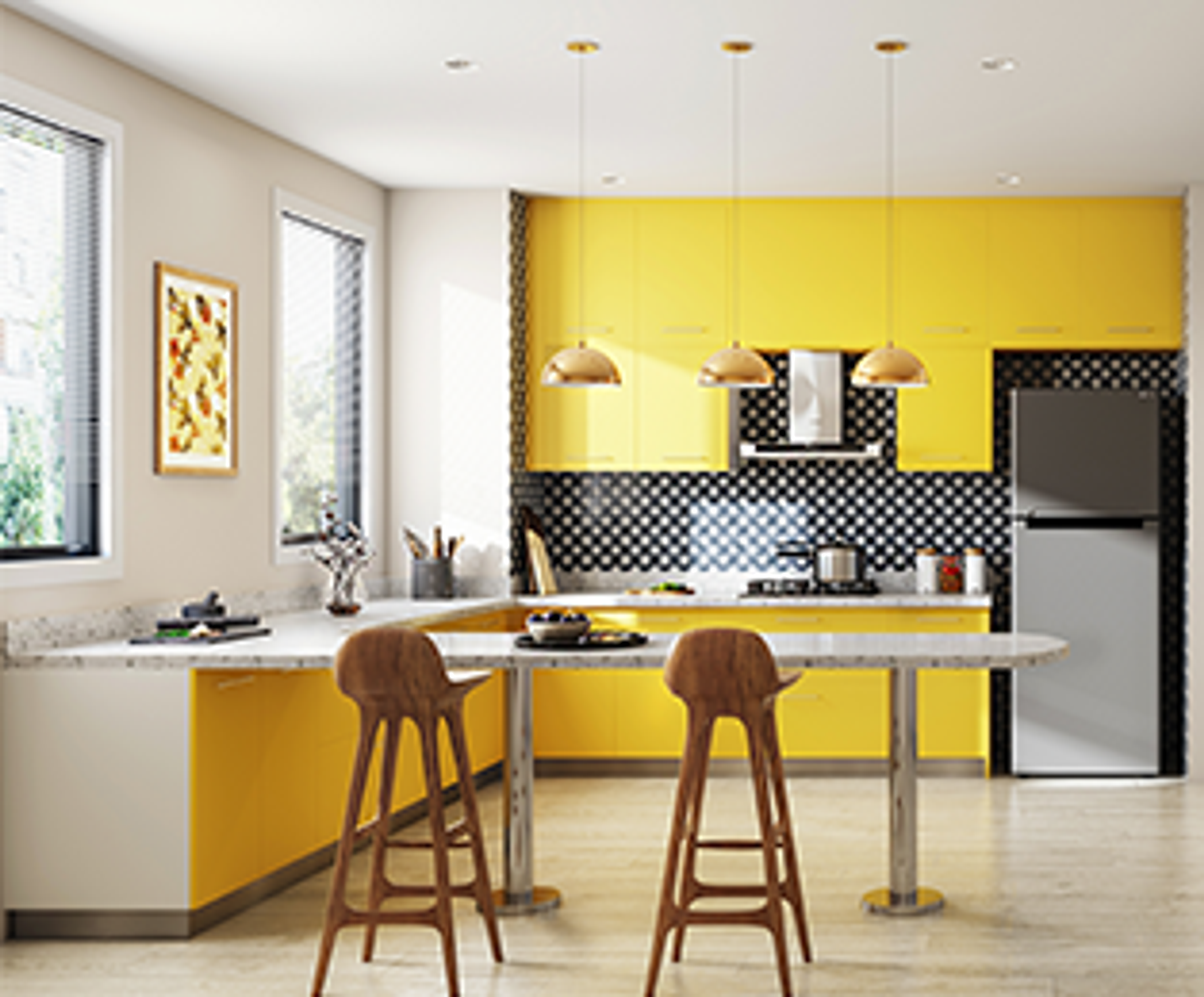Change Your Home With Important Principles of Interior Layout and Appearances
The art of transforming your home through the essential concepts of interior decoration and looks requires a thoughtful method that harmonizes shade, equilibrium, and spatial awareness. By comprehending the effect of color theory and the relevance of appearance and patterns, one can create spaces that are not just visually appealing yet additionally deeply personal. Attaining this stability involves even more than mere decoration; it includes a calculated setup and an eager understanding of how each component communicates within a room. As we explore these foundational concepts, consider exactly how they could redefine your understanding of home and individual expression.
Understanding Shade Theory
Shade theory is a fundamental aspect of interior decoration that dramatically influences state of mind, assumption, and total visual. Recognizing the principles of color concept allows designers to create areas that reverberate mentally with residents while fulfilling functional requirements (miami interior design). Shades can be classified into 3 primary kinds: key, second, and tertiary. Each category plays a critical duty in developing consistency within a space.
The emotional effect of colors is extensive; warm hues such as reds and oranges evoke power and warmth, while awesome tones like blues and environment-friendlies advertise peace and peace. The usage of complementary shades boosts aesthetic interest, producing striking contrasts that can boost a space's appeal.
Neutral colors, on the other hand, function as a functional background, allowing various other style elements to shine. It is important to think about aspects such as lights and the area's function when choosing a shade combination, as these can modify the assumption of colors throughout the day.
Inevitably, a well-considered color pattern can change a room, promoting a feeling of convenience and style that straightens with the residents' preferences. Mastery of color theory is, for that reason, an essential skill for any type of interior developer aiming to create harmonious and inviting environments.
Achieving Equilibrium in Layout
Exactly how can developers achieve a sense of stability in their areas? Accomplishing equilibrium in style is basic to developing harmonious insides.
Unbalanced balance, on the other hand, relies upon varying aspects that still attain a natural appearance. This method permits even more dynamic and casual plans, offering interest while keeping equilibrium. By very carefully picking differing sizes, colors, and appearances, developers can develop an aesthetically engaging area that really feels balanced yet energised.
Radial equilibrium stresses a central focal factor with components radiating exterior. This style is frequently seen in circular formats, where furniture and decoration create a cohesive border that draws the eye inward.
Eventually, achieving equilibrium requires thoughtful factor to consider of range, proportion, and the relationships between elements. interior design firms. By skillfully applying these equilibrium concepts, developers can change rooms into atmospheres that really feel both visually pleasing and functionally harmonious, improving the total experience for owners
Importance of Spatial Awareness

A keen feeling of spatial recognition permits designers to identify centerpieces within a room, leading the visitor's interest to crucial functions while maintaining a total sense of unity. It additionally assists in the calculated placement of lights, which can drastically affect the assumption of room and state of mind. Recognizing spatial relationships enables the designer to provide to the particular needs of residents, making certain that each area serves its desired purpose without endangering aesthetics.
Eventually, spatial recognition is vital for maximizing the capacity of any indoor space. By very carefully considering the interaction between dimensions, design, and function, developers can create environments that not only meet sensible demands yet additionally evoke a sense of convenience and charm, improving the overall living experience.
Including Appearance and Patterns
Embracing a varied variety of structures and patterns can dramatically boost the aesthetic and responsive appeal of an interior space. The critical use of different products-- such as wood, steel, fabric, and rock-- develops deepness and rate of interest, making an area really feel a lot more welcoming and vibrant. Integrating smooth surfaces with rough structures can develop an equilibrium that draws the eye and engages the senses.
When integrating patterns, consider both scale and repeating. Huge patterns can serve as prime focus, while smaller sized, refined designs can match other aspects without frustrating the space. Layering patterns, such as pairing floral paddings with candy striped tosses, adds complexity and a feeling of consistency if executed thoughtfully.
It is likewise critical to keep a natural shade scheme, guaranteeing that textures and patterns collaborate rather than complete for attention. By choosing a few crucial structures and patterns, you can produce a linked visual that shows your personal style while improving the overall atmosphere of the room. Ultimately, the mindful unification of these aspects can transform an ordinary space right into an innovative atmosphere rich with personality and warmth.
Personalizing Your Space
Creating a room that a fantastic read mirrors your character is vital to attaining a genuinely inviting environment. Customization in interior decoration permits you to infuse your unique design and rate of interests right into your home, transforming it from a plain shelter right into a shelter that talks with that you are. Begin by choosing a color palette that reverberates with your emotions-- vibrant shades can invigorate, while soft tones use harmony.
Include artwork and style that show your passions, whether it be traveling, nature, or abstract concepts. Showing personal collections, such as books, pictures, or souvenirs, can stimulate cherished memories and produce centerpieces within a home space. In addition, think about tailoring functional items, like upholstered furnishings, to align with your aesthetic choices.

Verdict
To conclude, the makeover of a home through the necessary principles of interior decoration and visual appeal necessitates a detailed understanding of shade concept, balance, spatial understanding, structure, and customization. Each component adds dramatically to creating a harmonious and practical living atmosphere - interior design firms. By attentively integrating these concepts, people can enhance the visual appeal and emotional resonance of their spaces, eventually promoting a home that reflects distinct identities while offering comfort and functionality